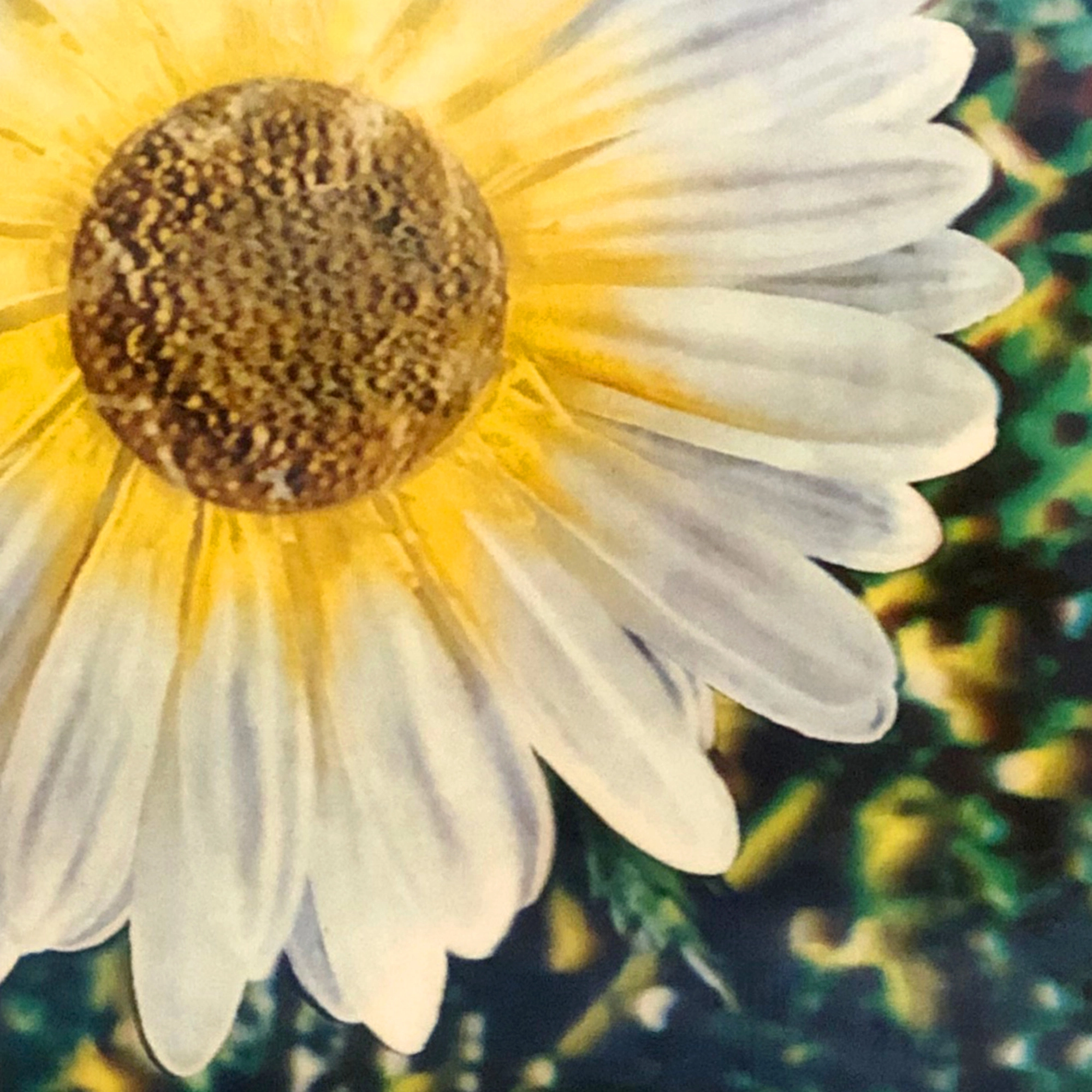Andy WarholDaisy
Daisy
(Daisy Waterfall), 1970-71
lenticular photograph in colors
17 1/2 x 17 1/2 inches
frame: 18 x 18 inches
from edition of unknown size
with the 'Andy Warhol Art Authentication Board' ink stamp and numbered in pencil on the reverse
The work was fabricated by Cowles Communications and commissioned for the exhibition Art and Technology, at the Los Angeles County Museum of Art version of the Andy Warhol Rain Machine sculpture.
Literature
Andy Warhol 365 Takes, The Andy Warhol Museum, Abrams, NY, 2004, similar impressions reproduced in color page 210.
Super Warhol, Germano Celant; Published by Skira/Grimaldi Forum Monaco, 2003; similar impressions reproduced in color pages 268-269.
Callie Angell, The Andy Warhol Museum, D.A.P., NY, 1994, another impression reproduced in color page 111.
Exhibition
Included in Rain Machine Exhibition, in the United States Pavilion at Expo ‘70 in Osaka, Japan, an Installation that incorporated a water fountain and 3D Color Lenticular Prints.
17 1/2 x 17 1/2 inches
frame: 18 x 18 inches
from edition of unknown size
with the 'Andy Warhol Art Authentication Board' ink stamp and numbered in pencil on the reverse
The work was fabricated by Cowles Communications and commissioned for the exhibition Art and Technology, at the Los Angeles County Museum of Art version of the Andy Warhol Rain Machine sculpture.
Literature
Andy Warhol 365 Takes, The Andy Warhol Museum, Abrams, NY, 2004, similar impressions reproduced in color page 210.
Super Warhol, Germano Celant; Published by Skira/Grimaldi Forum Monaco, 2003; similar impressions reproduced in color pages 268-269.
Callie Angell, The Andy Warhol Museum, D.A.P., NY, 1994, another impression reproduced in color page 111.
Exhibition
Included in Rain Machine Exhibition, in the United States Pavilion at Expo ‘70 in Osaka, Japan, an Installation that incorporated a water fountain and 3D Color Lenticular Prints.








